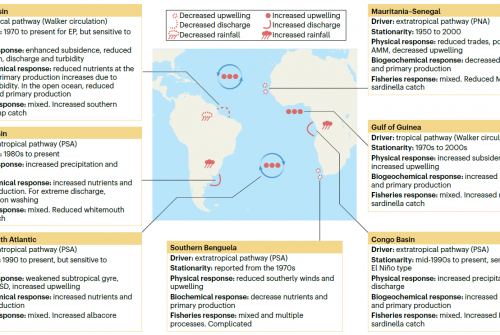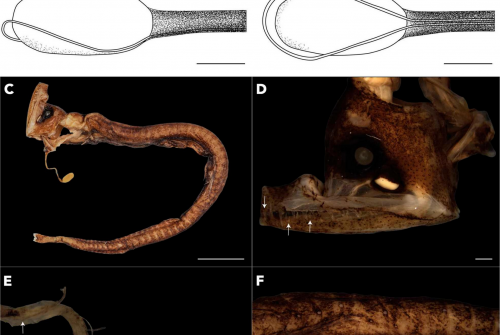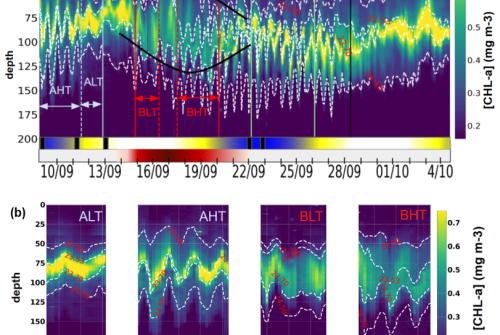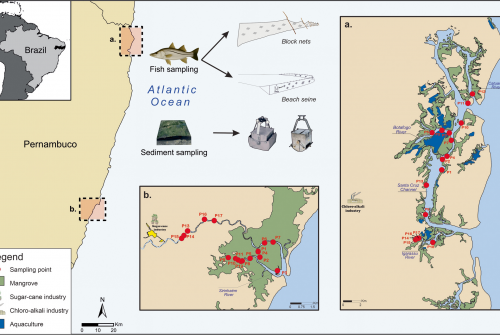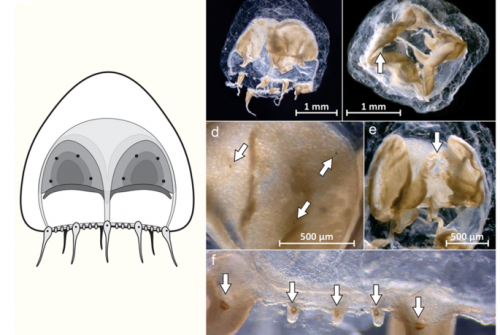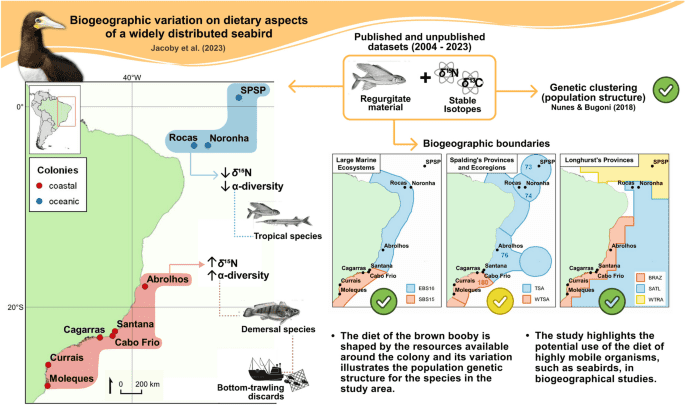
The diet of widely distributed species is influenced by the availability of food resources, which can vary according to local conditions. Thus, heterogeneity in diet patterns can help understand population structure and illustrate biogeographic boundaries. In this study, published and unpublished datasets of regurgitated material and stable isotopes of carbon (δ13C) and nitrogen (δ15N) from whole blood of brown boobies (Sula leucogaster) in the southwestern Atlantic Ocean (27°51′S to 0°55′N) were used to assess dietary spatial patterns. The variations in prey composition and isotopic niche breadth were associated with colony location (coastal/oceanic), genetic population structure, and marine biogeographic zonings—Large Marine Ecosystems, Longhurst’s Biogeochemical Provinces, and Spalding’s Provinces and Ecoregions. Boobies from coastal and southern colonies showed higher diversity in their diet compared with boobies from oceanic and northern colonies, given the presence of demersal taxa associated with bottom trawling discards. The variation in prey composition from regurgitates and stable isotopes was well framed with genetic structure and biogeographic boundaries, although less fitting with Spalding’s zoning. The brown booby showed trophic plasticity throughout the study area, suggesting that their diet is shaped by food resources available around the colonies, including those from fishery discards. These results demonstrate that highly mobile vertebrates are potentially useful samplers of the marine environment, able to indicate the diversity of prey organisms available in the foraging area through diet, and support biogeographic zonings. Furthermore, diet composition associated with population structure sheds light on local adaptation as a potential mechanism for promoting/disrupting gene flow in seabirds.
DOI: doi.org/10.1007/s00227-022-04171-3
Reference
Jacoby, J., Luciano Mancini, P., Bertrand, S. L., Amorim Efe, M., Bugoni, L., & Tavares Nunes, G. 2023. Biogeographic variation on dietary aspects of a widely distributed seabird. Marine Biology, 170(2), 21.



